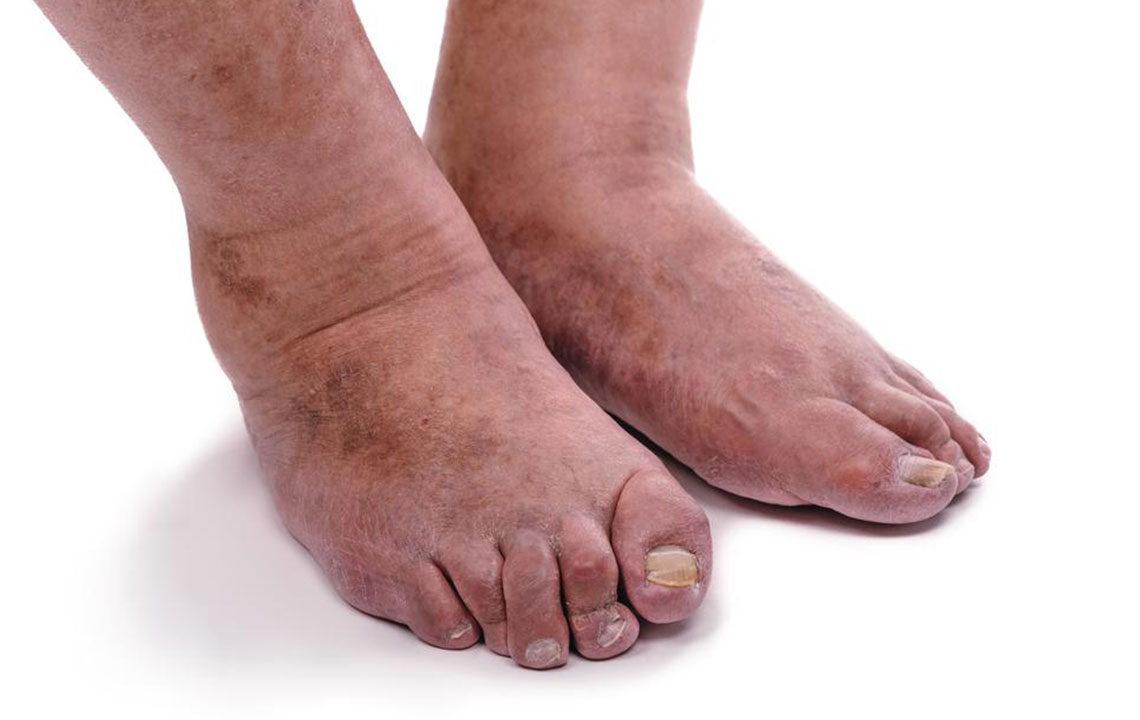Comprehensive Guide to Rheumatoid Arthritis: Essential Facts and Management Strategies
This comprehensive article explores rheumatoid arthritis, covering its symptoms, causes, diagnosis, and management strategies. Learn how early detection and modern treatments can help manage this autoimmune disease effectively, improving quality of life for affected individuals.

Comprehensive Guide to Rheumatoid Arthritis: Essential Facts and Management Strategies
Rheumatoid arthritis (RA) is a complex, long-lasting inflammatory autoimmune disorder that predominantly targets the joints. Affecting millions worldwide, RA can lead to chronic pain, swelling, stiffness, and eventually joint deformity if not diagnosed and managed effectively. This condition not only impacts physical health but also influences mental well-being and daily functioning. Understanding the intricacies of RA, its symptoms, causes, diagnosis, and treatment options is critical for patients, caregivers, and healthcare providers seeking to improve quality of life for those living with this chronic disease.
Rheumatoid arthritis is fundamentally an autoimmune disease, which means that the body's immune system mistakenly attacks its own tissues, particularly the synovial membranes lining the joints. This immune response leads to inflammation, swelling, and progressive joint destruction. While it can affect individuals of any age, RA predominantly occurs in adults between the ages of 30 and 50, although many younger and older people are also affected. The disease is more common in women than men, with many cases presenting during middle age, though early-onset RA is also recognized.
The symptoms of RA often develop gradually, with early signs including pain, tenderness, swelling, and stiffness in the affected joints. The joints typically feel warm and appear swollen, especially after periods of rest, such as mornings or prolonged inactivity. Commonly affected areas include the fingers, wrists, shoulders, knees, ankles, and elbows, where symmetrical joint involvement is typical. Over time, persistent inflammation can lead to joint erosion and deformity, significantly impairing mobility and function.
Fatigue and a general sense of malaise are also frequent symptoms among RA sufferers, often accompanied by low-grade fever and loss of appetite. Some individuals may experience systemic symptoms, such as anemia and increased susceptibility to infections. Importantly, RA can affect organs beyond the joints, including the heart, lungs, skin, and eyes, necessitating comprehensive medical management.
Diagnosing rheumatoid arthritis in its early stages can be challenging because no single test definitively confirms the disease. Diagnosis relies on a combination of clinical evaluation, blood tests, and imaging studies. Blood tests may reveal elevated levels of markers indicating inflammation, such as erythrocyte sedimentation rate (ESR) and C-reactive protein (CRP), and the presence of rheumatoid factor (RF) and anti-cyclic citrullinated peptide (anti-CCP) antibodies which are more specific for RA. X-rays or ultrasounds help assess joint damage and progression over time.
Early diagnosis is crucial as it allows for timely intervention, which can significantly slow disease progression and prevent joint destruction. Standard treatments typically involve disease-modifying anti-rheumatic drugs (DMARDs), such as methotrexate, which aim to suppress the immune response and reduce inflammation. Biological therapies target specific components of the immune system, providing options for patients who do not respond well to traditional medications.
Apart from pharmacological treatments, lifestyle modifications play a vital role in managing RA. These include maintaining a healthy weight, engaging in regular low-impact exercise, employing physical therapy, and avoiding joint stress. Certain dietary changes, such as increasing omega-3 fatty acids and reducing processed foods, may help manage inflammation. Additionally, smoking cessation and limiting alcohol intake are recommended for improving overall health and treatment effectiveness.
Managing RA is a lifelong process that requires a multidisciplinary approach involving rheumatologists, physical therapists, occupational therapists, and mental health professionals. Support groups and patient education are essential to help individuals cope with the psychological impact of the disease and adhere to treatment plans. Regular monitoring and adjustments to therapy ensure optimal disease control and enhance quality of life.
In summary, understanding rheumatoid arthritis comprehensively—from its symptoms and diagnosis to management strategies—is fundamental for effectively controlling the disease. Early intervention through medical treatment, lifestyle adaptations, and ongoing support can help patients maintain their mobility, reduce pain, and lead fulfilling lives despite the chronic nature of RA. If you notice persistent joint pain, swelling, or stiffness, consult a healthcare provider promptly to explore appropriate diagnostics and begin timely treatment.





